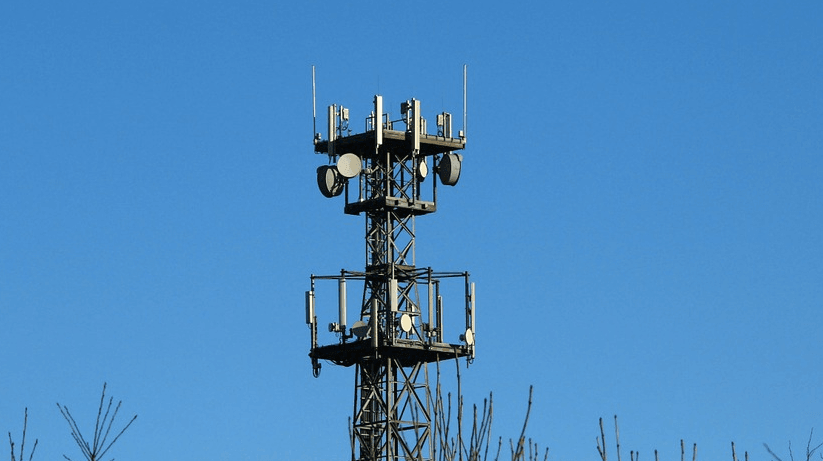At the recent 5G Security Technology Workshop hosted by the Future Forum, Huawei shared its outlook on 5G security research and its achievements in the area.

Dr. Kang Xin, a senior researcher at Huawei's Shield Lab delivered a keynote speech at the event. Themed as “5G Security: Forward Thinking. Focusing on the security challenges and opportunities of 5G networks”, Dr. Xin spoke about the company’s goals in the field of 5G, its architecture, and various perspectives on 5G security. He explained the technical intricacies of 5G, concerning the isolation of virtual network slices, multi-party trust model, identity management, and the decoupling of security functions.
"5G security technologies must evolve in sync with changes to 5G network architecture and diverse application scenarios. At the same time, new 5G technologies will lead to new security issues. In the 5G era, security technologies for networks and devices will be a fundamental concern of operators, service providers, and end users," Dr. Xin said.
He continued, "The service-driven architecture of 5G network slices will require end-to-end security protection, including virtual security in network functions virtualization (NFV) and software-defined networking (SDN). Heterogeneous access networks will need unified authentication architecture to simplify user access. To cope with new application scenarios and business models, it's imperative that we introduce new identity management models. As huge amounts of data will be used in the 5G era, encryption and isolation technologies will be needed to protect personal data. To accomplish these goals, all industry players must work together to build secure 5G networks by design."
Huawei White Paper on 5G Security: Forward Thinking, which was released at the Globecom Conference in December 2015 includes these technical insights in detail.
At the 5G workshop, representatives from academia and industry shared their latest research results. Discussiosn were held on various topics such as 5G information security, 5G technical verification and testing, 5G spectrums, and the Internet of Vehicles.















